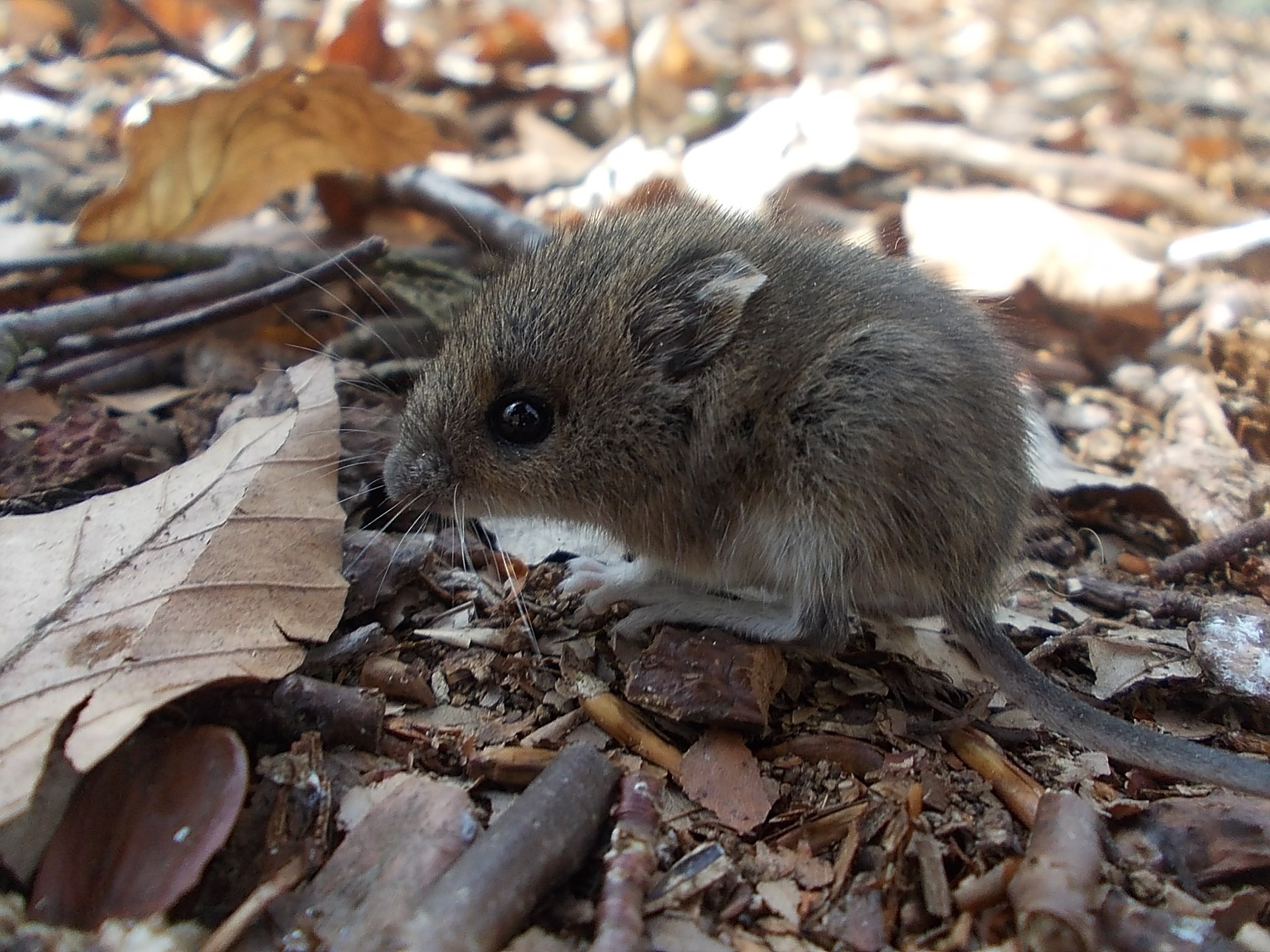
EXPERT REACTION: Caesarean effects on brain development
US researchers have found effects on the brain development of mice when born by C-section. Mice born via C-section had more brain cells dying in multiple areas of their brains after birth. The C-section pups were also quieter and heavier than their counterparts, they say.
Journal/conference: PNAS
Link to research (DOI): 10.1073/pnas.1811962115
Organisation/s: The University of Queensland, Monash University
News for:
Australia
VIC
QLD
Media contact details for this story are only visible to registered journalists.


Expert Reaction
These comments have been collated by the Science Media Centre to provide a variety of expert perspectives on this issue. Feel free to use these quotes in your stories. Views expressed are the personal opinions of the experts named. They do not represent the views of the SMC or any other organisation unless specifically stated.